Precision Agriculture Requires 'All-of-the-Above' Connectivity Approach, Experts Say
Agricultural connectivity requirements differ fundamentally from residential broadband needs
Broadband Breakfast

WASHINGTON, April 11, 2025 - Experts in agriculture and telecommunications agreed Wednesday that effective precision agriculture implementation requires a comprehensive, technology-neutral approach to connectivity, rather than relying on any single broadband solution.
"The ideal infrastructure for precision agriculture is to have fiber to the edge of the farm, to the periphery of the farm, and then from there have edge computing to cloud and over the working lands a dome of connectivity of wireless, both satellite and wireless," said Joy Sterling, CEO of Iron Horse Vineyards in California and a former task force member.
Sterling emphasized that agricultural connectivity requirements differ fundamentally from residential broadband needs. "A house connectivity is different than a farm connectivity," she said, noting that farms require consistent coverage across entire properties. "You cannot afford to have any drops in the connectivity on your farm if you're using autonomous equipment."
 Broadband BreakfastRachelle Medalia
Broadband BreakfastRachelle Medalia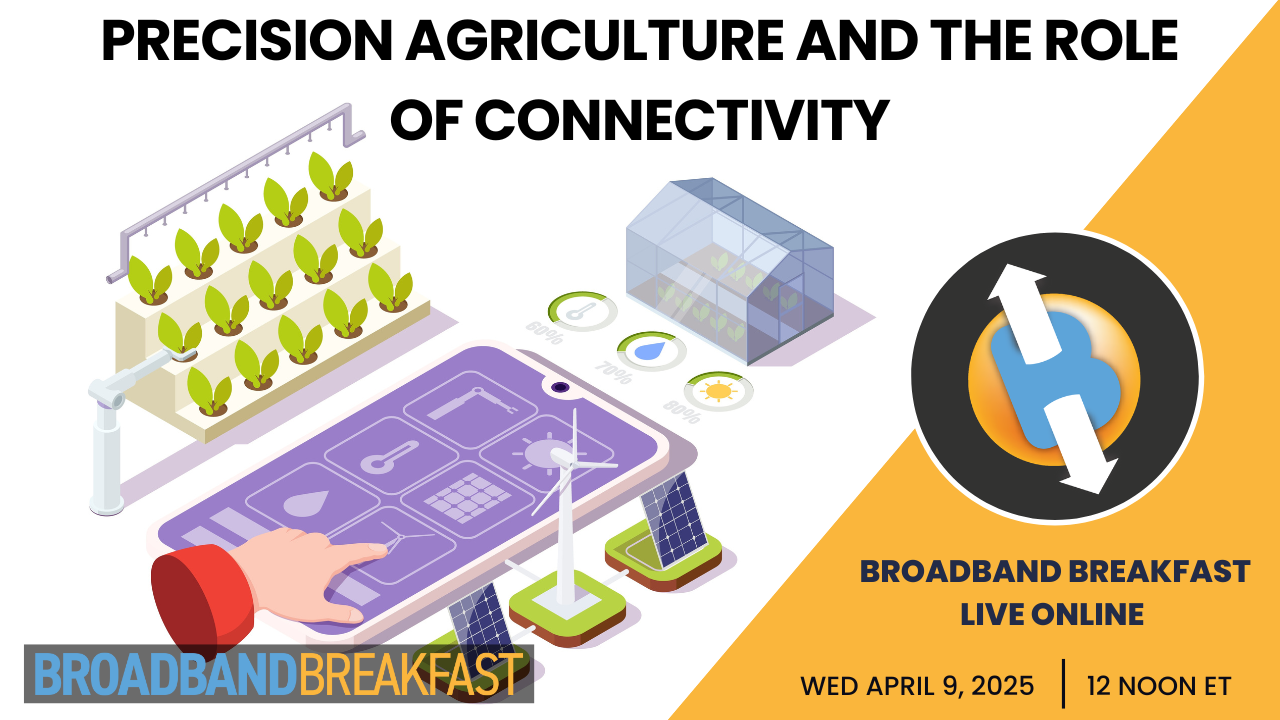
The task force's final report, submitted last December, concluded that comprehensive, redundant connectivity options are essential for precision agriculture to reach its full potential, according to the panelists.
Fourth-generation farmer Andy Bater, owner of Fifth Estate Growers in Pennsylvania, also highlighted the need for constant, reliable connectivity in agricultural settings.
"It's imperative that farmers, agriculturists, ranchers have connectivity 100% of the time," Bater said. "Unlike a situation where you could drive elsewhere and get connectivity or defer something, when we need to farm, we need to farm."
This urgency is driving interest in private networks on farms, Bater explained, which would function as larger versions of home Wi-Fi systems to distribute connectivity from a central access point across sprawling agricultural operations.
Mark Rubin, director of government relations at CostQuest Associates, framed precision agriculture as an economic development tool that helps family farms compete with consolidating agribusinesses.
"Precision agriculture allows people who want to be farmers, who grow up in families with farms and agriculture, to be able to continue to do it by giving them the tools and the connectivity," Rubin said.
A key revelation shared during the panel came from mapping research that shows 90% of American cropland is already within 10 miles of fiber infrastructure, according to Sterling.
"That is just not very far," Sterling said. "It took a situation that seemed impossible to feasible."
The panelists discussed several promising precision agriculture applications, including automated irrigation systems that can save significant resources. Sterling cited a California example where an automated irrigation system for tomatoes resulted in 10% water savings - crucial in water-stressed regions.
Bater emphasized that technology adoption in agriculture progresses cautiously. "Agriculturalists are incredibly conservative. It takes a long time to convince a farmer to buy a new product, and they expect to run a product for many, many years," he said, noting that many farms still operate tractors that are 30-40 years old.
However, the panel agreed that the benefits of precision agriculture technologies - improved crop management, resource conservation, and increased yields - make investment worthwhile despite initial hesitation.
Rubin highlighted ongoing policy discussions in Washington related to agricultural connectivity. "I don't think it's a secret that Senator Fischer is getting ready to reintroduce her Last Acre Bill," he noted, adding that the Farm Bill reauthorization will likely include provisions to ensure efficient use of broadband funding.
Discussions are ongoing about the need for additional spectrum tools for agriculture, international competitiveness in agricultural research, and the development of standards to ensure interoperability between different systems.
"Food security is going to be imperative," Bater concluded. "We need to figure out methods to operate much more efficiently. We're going to need to grow crops that we now source from other countries."
The FCC's Precision Agriculture Connectivity Task Force has concluded its work after three terms, but the experts expressed hope that its recommendations would guide future policy and technological development in the sector.
Watch Full Video:
 Broadband BreakfastRachelle Medalia
Broadband BreakfastRachelle Medalia


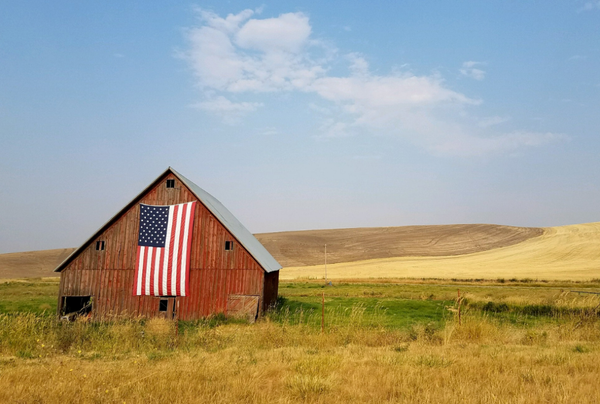
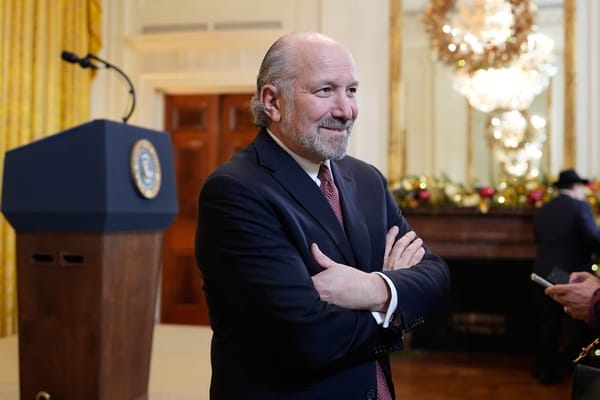
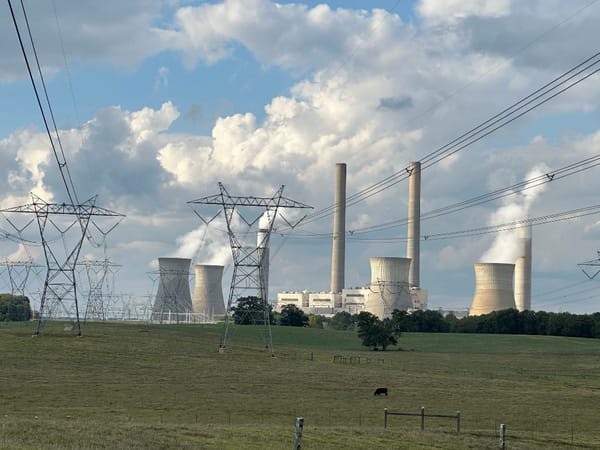
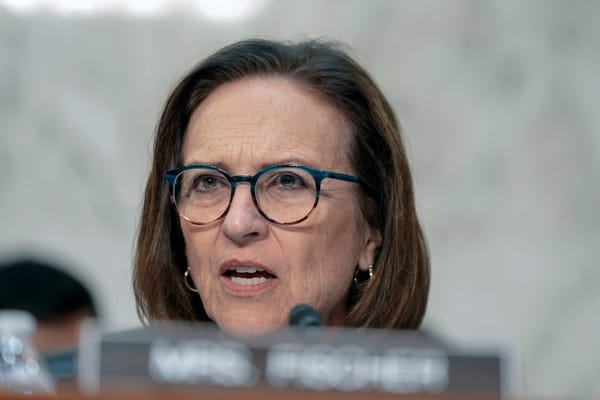
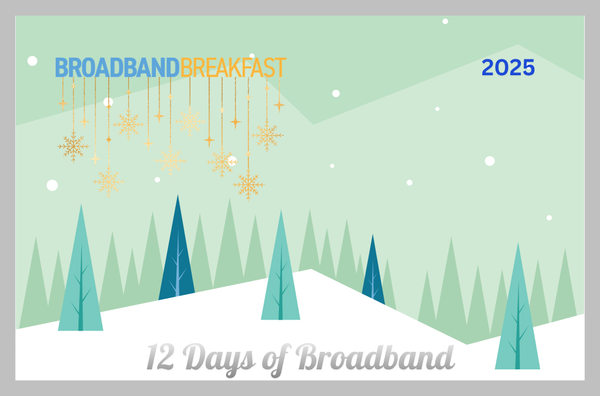


Member discussion